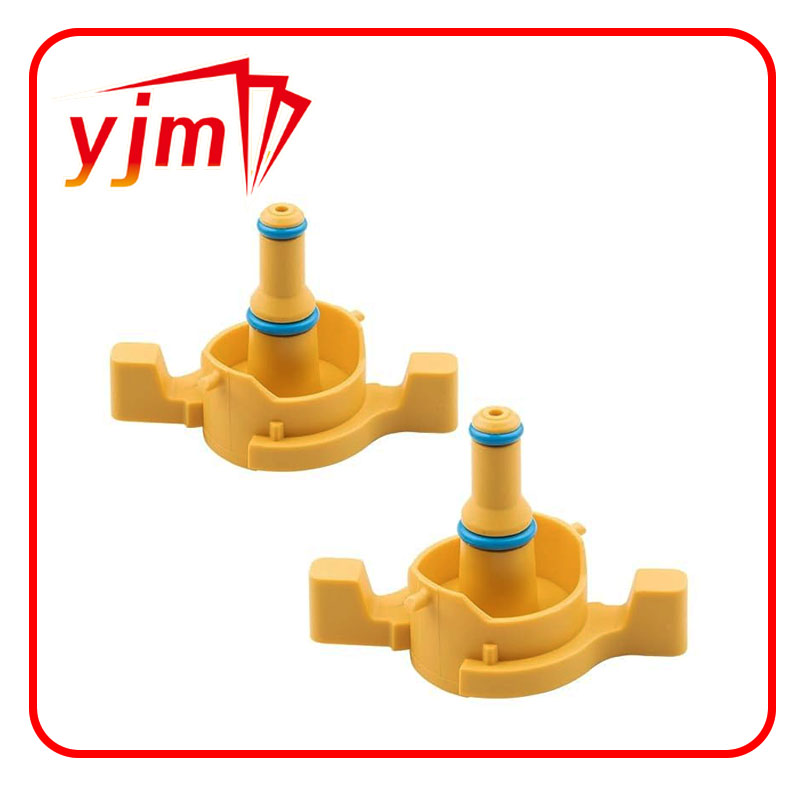Understanding Flat Face Flange Gaskets for Effective Sealing Solutions in Piping Systems
Understanding Flat Face Flange Gaskets
In industrial applications, the integrity and reliability of a piping system are paramount. One key component that significantly contributes to this integrity is the gasket, particularly flat face flange gaskets. These gaskets are essential in ensuring a tight, leak-proof seal between two flanged connections in a pipeline system.
What are Flat Face Flange Gaskets?
Flat face flange gaskets are specifically designed for use with flat face flanges, which are often utilized in non-pressure applications or where the flanges are made of dissimilar materials. Unlike raised face flanges, which incorporate a protruding surface, flat face flanges have a flat sealing surface that is designed to make contact with an equally flat gasket. This design is critical as it allows for even distribution of stress across the gasket, promoting a consistent seal.
Materials Used for Flat Face Gasket
Flat face gaskets are manufactured from various materials, each tailored to meet specific mechanical and chemical resistance requirements. Common materials include
1. Non-Asbestos Composites These gaskets are often made from organic fibers mixed with a variety of fillers and binders. They are known for their excellent compressibility and ability to conform to flange surfaces.
2. PTFE (Polytetrafluoroethylene) This synthetic fluoropolymer is well-known for its chemical resistance and is favored in corrosive environments. PTFE gaskets are often used in industries such as pharmaceuticals and food processing.
flat face flange gasket

3. Rubber Various types of rubber gaskets, including EPDM (Ethylene Propylene Diene Monomer) and Nitrile, are also commonly used due to their flexibility and ability to create effective seals in low to moderate pressure applications.
4. Metallic Gaskets For high-temperature or high-pressure applications, metallic flat face gaskets made from materials like stainless steel or copper may be employed. These gaskets provide durability and resistance to extreme conditions.
Benefits of Using Flat Face Flange Gaskets
The primary advantage of flat face flange gaskets lies in their ability to provide reliable sealing despite the absence of a raised face. This is especially beneficial in applications where a flat connection is essential, such as in certain sanitary piping systems, where contamination must be avoided.
Additionally, the even compression achieved by flat face gaskets minimizes the risk of gasket blowout, which can lead to leaks and potential system failures. The use of these gaskets can also reduce maintenance costs in the long run, as they are less likely to fail and thus require less frequent replacement.
Installation and Maintenance Considerations
Proper installation of flat face flange gaskets is crucial to ensure optimal performance. Engineers should always follow specific torque specifications outlined by flange standards. It is also recommended to regularly inspect gaskets for signs of wear, degradation, or misalignment to maintain sealing efficiency.
In conclusion, flat face flange gaskets play a vital role in ensuring the safety and efficacy of piping systems across various industries. By understanding their design, materials, and benefits, engineers and maintenance personnel can make informed decisions that enhance the reliability of their systems. Whether in chemical processing, water treatment, or any application requiring secure flange connections, flat face flange gaskets offer the performance needed to keep operations running smoothly.
-
Understanding the Front Main Engine Seal: Purpose, Maintenance, and Installation
News Jul.29,2025
-
Understanding O-Rings and Seal Rings: Types, Applications, and Custom Solutions
News Jul.29,2025
-
Understanding Crankshaft Oil Seals: Rear Seals, Pulley Seals, and Their Role in Engine Integrity
News Jul.29,2025
-
The Importance of Front and Rear Crankshaft Seals in Engine Performance and Oil Management
News Jul.29,2025
-
Crank Oil Seals: Functions, Types, and Cost Considerations in Engine Maintenance
News Jul.29,2025
-
A Comprehensive Guide to O-Rings and Seals: Types, Materials, and Global Applications
News Jul.29,2025
-
Mastering Diesel and Performance Engine Maintenance: A Guide to Critical Oil Gaskets
News Jul.28,2025
Products categories















